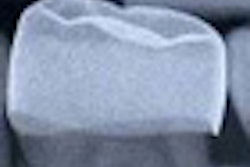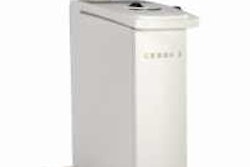Are you always on the look-out for easier, more efficient techniques of delivering anesthesia? When it comes to numbing mandibular first molars, buccal infiltration (BI), using 4 percent articaine, works faster and has the same success rate as the inferior alveolar nerve block (IANBs) method, according to a new study in the January 2008 Journal of Endodontics.
Although IANB is considered the "anesthesia of choice" for these teeth, it doesn't always work, wrote the investigators from Yonsei University, in Seoul, South Korea. They wanted to know if BI offered a better alternative.
The researchers looked at 35 patients who were given anesthesia with the IANB or BI method on two appointments at least one week apart. The effect of the anesthesia was checked using an electric pulp tester five, eight, 11, 15, 20, 25, and 30 minutes after the injections. If the patient was numb to the maximum output of the pulp tester at two or more consecutive time points, the delivery was considered successful.
The success rate of the BI method was 54 percent, while that of the IANB method was 43 percent. Also, 84 percent of BI patients experienced pulpal anesthesia in less than eight minutes, while the IANB method had a success rate of 67 percent in the same time period.
"Although our research protocol was not sensitive enough to measure the onset time accurately, it would be possible to draw a conclusion from this result that BI is better when a faster onset is required," concluded the researchers.



















